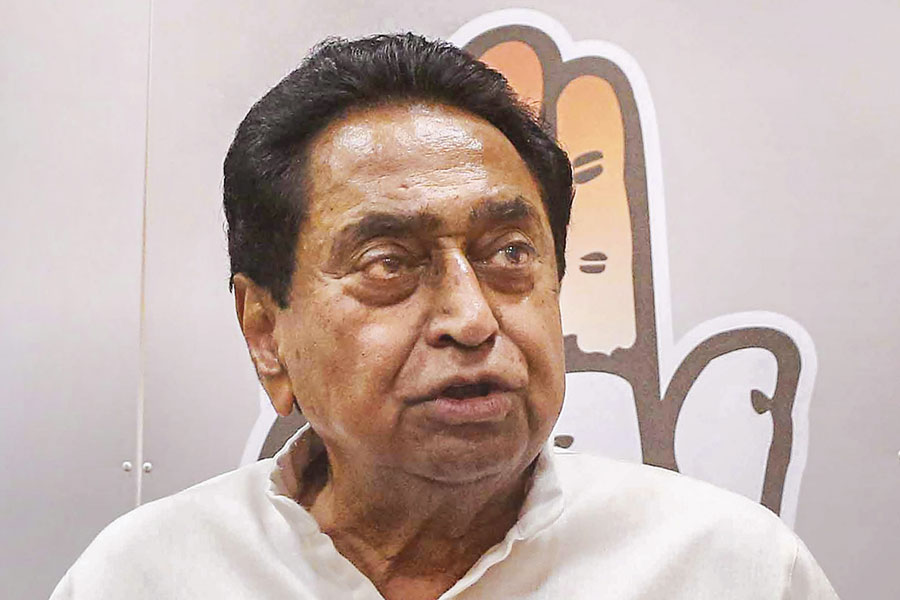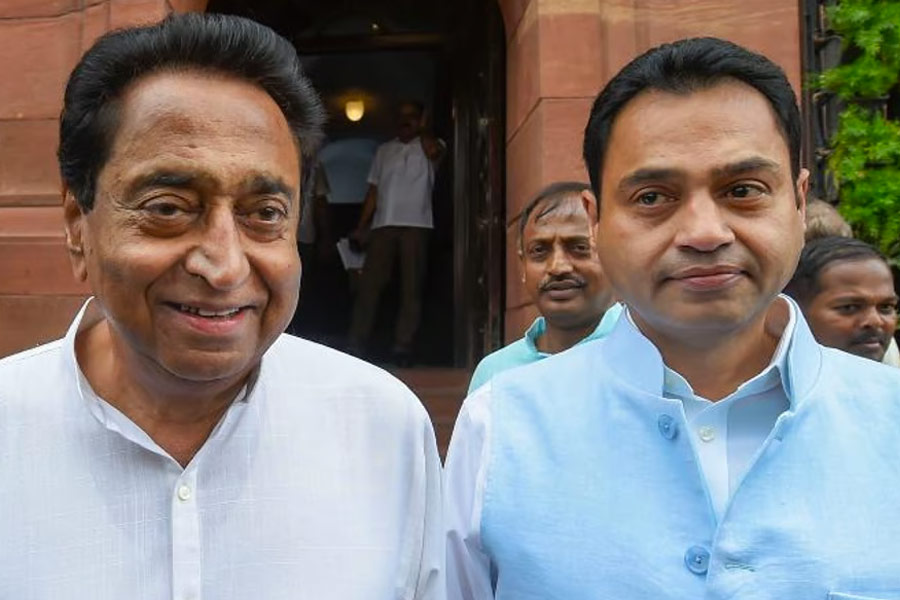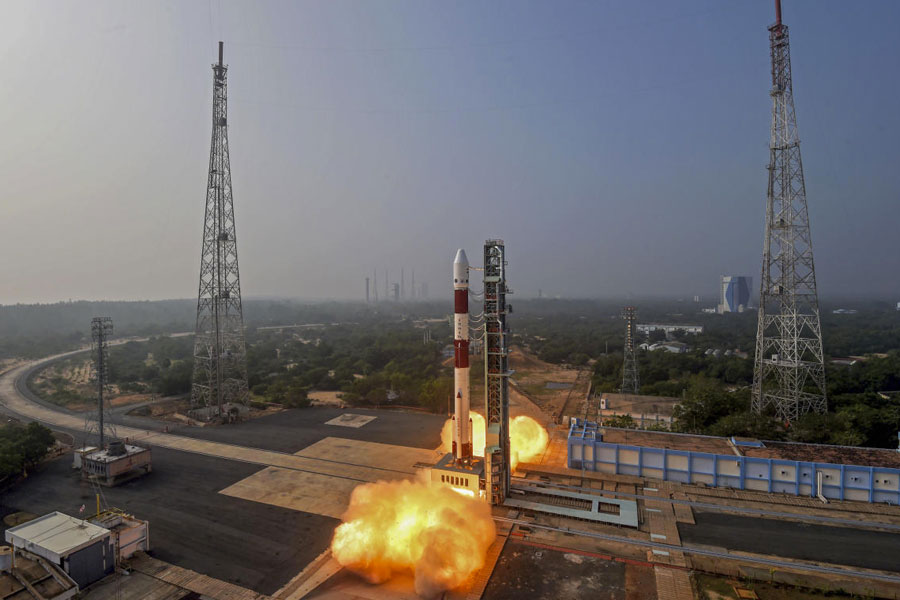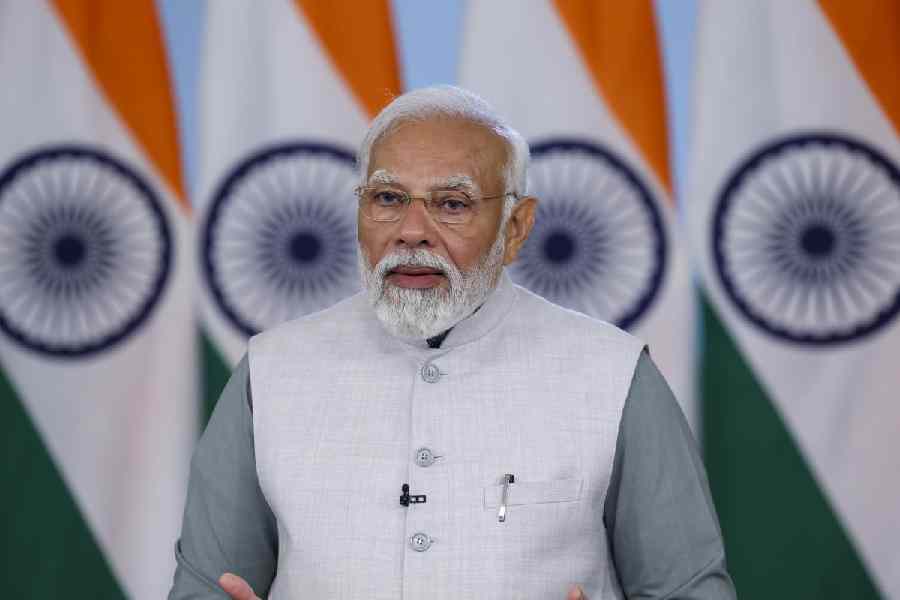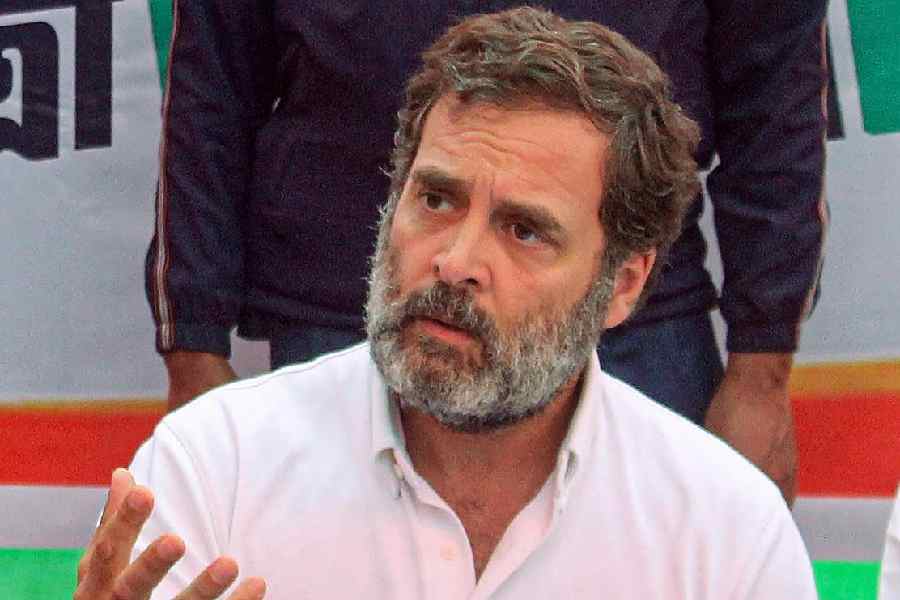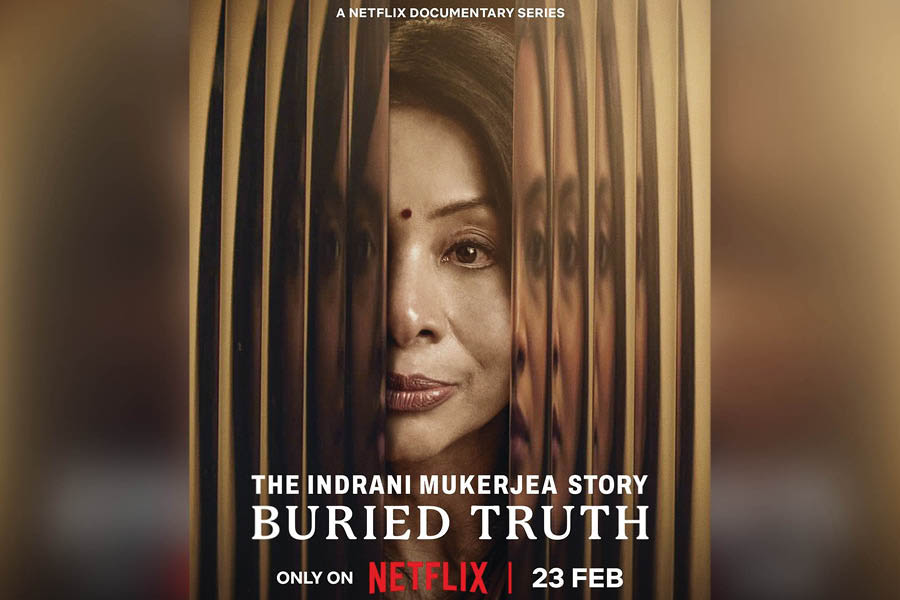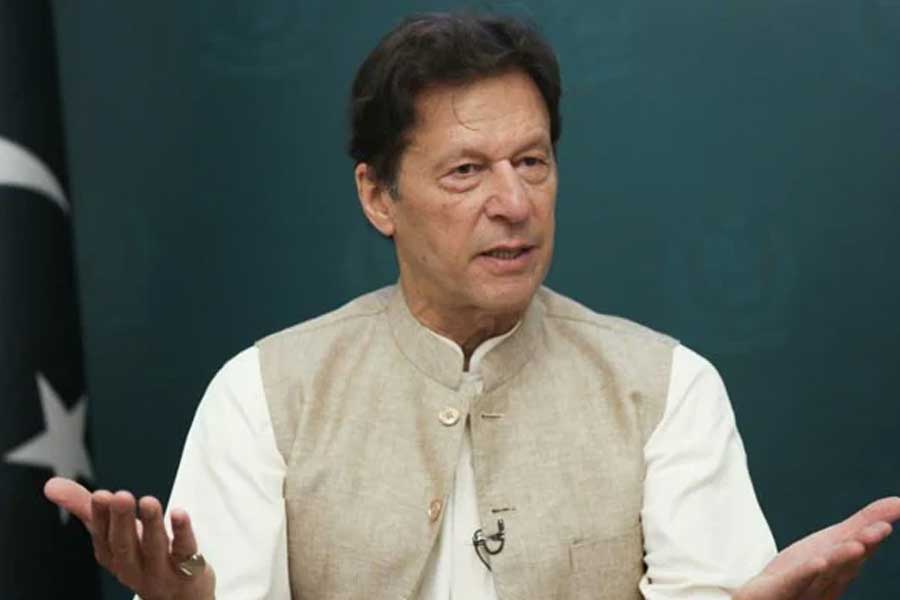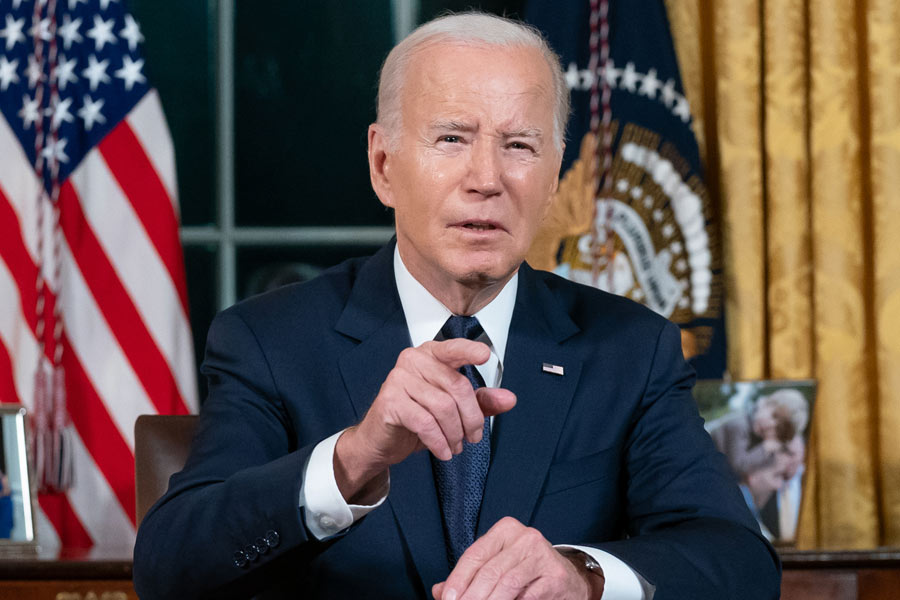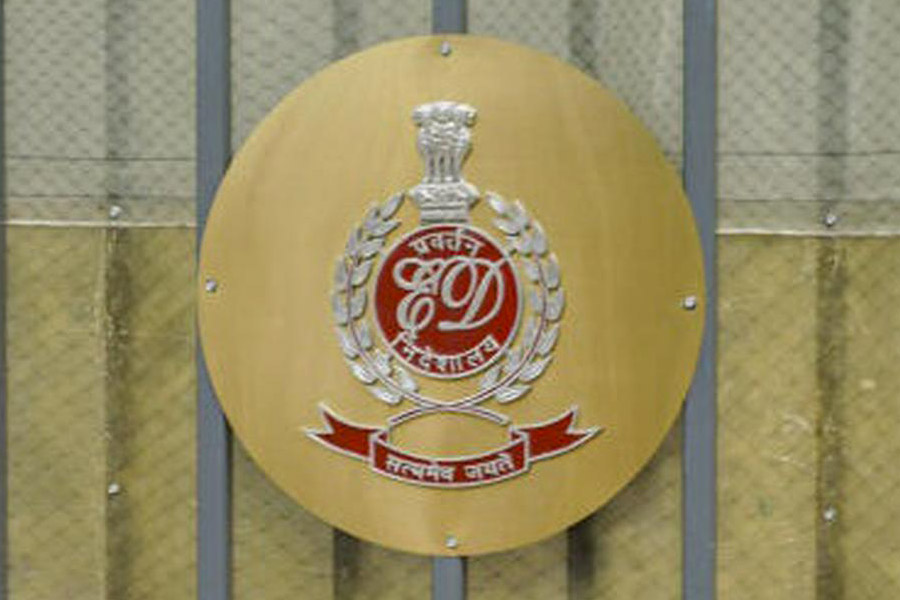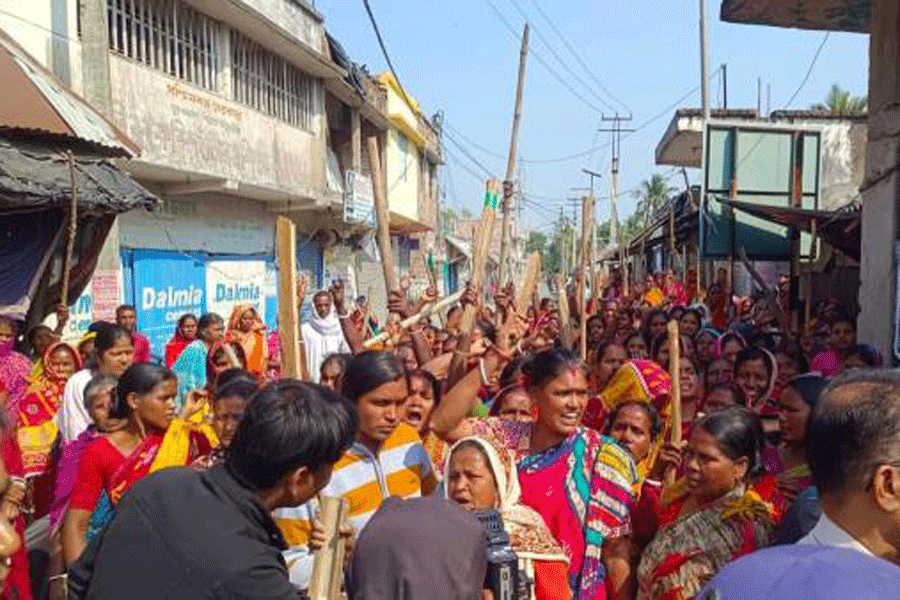Imagine you're judging different systems or arrangements. To decide which one is "fair" or "just," you need to consider certain information. This information is the informational basis of justice.
Different theories of justice use different information:
- Utilitarianism: Only cares about individual happiness (utilities). The "best" system is the one that makes the most people happy overall.
- Other theories: Consider other things like freedoms, opportunities, resources, or rights. They also have different ways of combining this information to decide what's fair.
Key points:
- Each theory picks specific things to focus on (relevant personal features).
- They then decide how to combine this information (summing happiness, prioritizing equality, etc.).
- Different theories lead to different ideas of "fairness" because they use different information.
Think of it like making a cake:
- Each theory has its own recipe (informational basis).
- They use different ingredients (relevant features) and mixing methods (combining characteristics).
- The final cake (judgement of justice) will taste different depending on the recipe!
John Rawls proposed a theory of justice called "Justice as Fairness." Here's a breakdown in simpler terms:
Imagine everyone starts equally, unaware of their future social position. In this "original position," people would choose how society should be organized to be fair for everyone.
Rawls suggests two main principles:
- Everyone gets the same basic freedoms (like speech, religion).
- Social and economic differences are okay, but only if:
- Everyone has a fair chance to succeed (equal opportunity).
- The worst-off people benefit the most from these differences.
Think of it like setting up a game:
- Everyone starts on the same line (original position).
- You agree on rules (principles) to make the game fair for everyone, even if people end up in different places later.
- Rawls's rules focus on everyone having basic freedoms and ensuring the worst-off benefit from any inequalities.
This theory is influential because:
- It considers fairness from everyone's perspective, not just the powerful.
- It allows for some inequality as long as everyone has a chance and the worst-off benefit.
Remember: This is a simplified explanation of a complex theory. There are many nuances and criticisms of Rawls's ideas.
theory of justice was "a political conception of justice," meaning it focuses on fairness within a society, especially its institutions like government, economy, and social structures.
Here are two key points about this "political" aspect:
1. Subject matter:
- It deals with specific institutions, not general morality or philosophy.
- This doesn't necessarily involve any specific principle, just the focus on these institutions.
2. Tolerance in a democracy:
- It respects people's diverse personal beliefs and philosophies.
- It aims to find common ground for justice principles everyone can agree on, regardless of their individual views.
Important note:
While Rawls emphasized tolerance, there might be situations where even within a political sphere, certain choices about institutions involve important issues of justice and fairness.
In simpler terms, Rawls wanted his theory to be practical and applicable to real-world societies, considering both fairness and diverse personal views. He believed this was crucial for a stable and just democracy.
John Rawls argued that his theory of justice was "a political conception of justice," meaning it focuses on fairness within a society, especially its institutions like government, economy, and social structures.
Here are two key points about this "political" aspect:
1. Subject matter:
- It deals with specific institutions, not general morality or philosophy.
- This doesn't necessarily involve any specific principle, just the focus on these institutions.
2. Tolerance in a democracy:
- It respects people's diverse personal beliefs and philosophies.
- It aims to find common ground for justice principles everyone can agree on, regardless of their individual views.
Important note:
While Rawls emphasized tolerance, there might be situations where even within a political sphere, certain choices about institutions involve important issues of justice and fairness.
In simpler terms, Rawls wanted his theory to be practical and applicable to real-world societies, considering both fairness and diverse personal views. He believed this was crucial for a stable and just democracy.
Imagine you want to achieve equality in society. There are different ways to do this:
**1. Focus on opportunities:**
* This idea, like Rawls's "primary goods" (things like education, freedom, income), focuses on giving everyone the chance to succeed.
* It's like giving everyone equal starting points in a race.
**2. Focus on resources:**
* This idea, like Dworkin's "equality of resources," focuses on giving everyone an equal amount of "stuff" they can use to achieve their goals.
* It's like giving everyone the same toolbox, even if they might use the tools differently.
**Problem:** Both approaches have issues:
* **Means vs. ends:** These things (primary goods, resources) are just tools to achieve something else (like happiness, freedom). How do we value these tools if we don't know what the final goal is?
* **Dependence on goals:** The value of these tools depends on what you want to achieve with them. So, equality in these things might not lead to equality in what people actually achieve.
**Key takeaway:**
Focusing on just opportunities or resources might not be enough for true equality. We need to consider both the tools and the goals people are trying to achieve.
**Note:** This is a simplified explanation of a complex topic. There are many nuances and criticisms of these approaches.
Understanding Amartya Sen on Primary Goods and Capabilities
This paragraph discusses the limitations of using "primary goods" as a measure of justice in Rawls's "political conception."
Key points:
- Primary goods: Rawls proposes resources like income, liberties, and social respect as essential for any good life ("primary goods").
- Critique: However, Sen argues these are just means (resources) not the actual ends (freedom to choose a good life).
- Example: Two people with equal income might have different abilities to convert it into a fulfilling life due to health, skills, etc.
- Solution: Sen proposes focusing on capabilities, which represent the actual freedom to choose various life options, not just the resources to do so.
In simpler terms:
Imagine everyone starts with the same tools (primary goods). But not everyone can build the same things (good life) with those tools due to their individual differences. Sen argues we should care about the things they can actually build (capabilities), not just the tools they have.
This is important because:
- It emphasizes individual freedom and actual choices people can make, not just resources they possess.
- It addresses how inequalities in factors like health or skills can limit freedom even with equal resources.
Remember: This is a simplified explanation of a complex topic. There are different perspectives and debates on how to measure justice and equality.
This paragraph by Amartya Sen delves deeper into the distinction between his concept of capabilities and two other related ideas: primary goods and achievements.
Key points:
-
Capability vs. Primary Goods:
- Capability: Represents the freedom a person actually enjoys to choose different life options.
- Primary Goods: Resources like income, wealth, and liberties that are means to achieve a good life.
- Example: Someone with a disability might have more resources but less capability due to their limitations.
-
Capability vs. Achievements:
- Capability: The potential to choose various life options.
- Achievements: Actual combinations of functionings (actions and states) enjoyed.
- Example: Two people with the same potential freedom might choose different combinations based on their goals.
-
Addressing Rawls' critique:
- Rawls misinterprets Sen's critique as assuming everyone has the same goals.
- Sen emphasizes individual variation in goals ("comprehensive view of the good") within Rawls' political conception.
- Focusing on primary goods, Rawls argues, misses the actual freedom people have to use them based on their individual circumstances and goals.
In simpler terms:
Imagine tools (primary goods) and options (functionings). Sen says "capability" is having the freedom to choose different options with your tools, not just having more tools. This freedom depends on individual factors beyond just resources. It's not just about the options you have (capability), but also what you actually choose and achieve.
Remember: This is a condensed explanation. There are nuances and ongoing debates regarding justice and well-being.
I hope this clarifies the paragraph for you!

